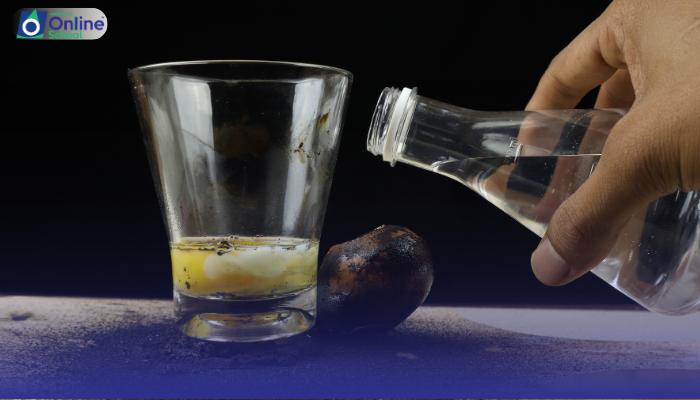
Learning Outcomes:
i. Describe the reactions of oxides and chlorides of period 3 elements with water.
ii. Explain the reactivity trends of oxides and chlorides with water based on the acid-base behavior of the compounds.
iii. Analyze the role of electronegativity differences in determining the reactivity of oxides and chlorides with water.
iv. Apply the concept of amphoteric behavior to predict the products of reactions between oxides and chlorides with water.
Introduction:
In previous lessons, we explored the reactions of period 3 elements with water, oxygen, and chlorine, leading to the formation of oxides and chlorides. In this lesson, we delve into the reactions of these oxides and chlorides with water, further expanding our understanding of their chemical behavior.
i. Reactions of Oxides with Water:
The reactions of oxides with water depend on the acid-base behavior of the oxide.
Basic oxides: Basic oxides, such as sodium oxide (Na2O), react vigorously with water to form hydroxides.
Na2O(s) + H2O(l) → 2NaOH(aq)
Neutral oxides: Neutral oxides, such as magnesium oxide (MgO), react with water to a lesser extent, forming hydroxides.
MgO(s) + H2O(l) → Mg(OH)2(s)
Amphoteric oxides: Amphoteric oxides, such as aluminum oxide (Al2O3), can react with both acids and bases. In water, they behave as weak acids, forming hydroxides and aluminum ions.
Al2O3(s) + 3H2O(l) → 2Al(OH)3(s) + 3H+(aq)
ii. Reactions of Chlorides with Water:
The reactions of chlorides with water depend on the solubility and electronegativity of the chloride.
Soluble chlorides: Soluble chlorides, such as sodium chloride (NaCl), dissolve in water to form ionic solutions.
NaCl(s) + H2O(l) → Na+(aq) + Cl-(aq)
Insoluble chlorides: Insoluble chlorides, such as magnesium chloride (MgCl2), remain as solids in water. However, they can hydrolyze slightly, forming acidic solutions.
MgCl2(s) + H2O(l) → Mg(OH)Cl(s) + H+(aq)
Highly reactive chlorides: Highly reactive chlorides, such as aluminum chloride (AlCl3), react violently with water to form hydroxides and hydrogen chloride gas.
AlCl3(s) + 3H2O(l) → Al(OH)3(s) + 3HCl(g)
iii. Reactivity Trends:
The reactivity of oxides and chlorides with water can be summarized as follows:
- Basic oxides and soluble chlorides react readily with water, producing hydroxides.
- Neutral oxides and insoluble chlorides react to a lesser extent or not at all with water.
- Amphoteric oxides can react with both acids and bases, including water, to form hydroxides.
- Highly reactive chlorides react violently with water to form hydroxides and acids.
- These reactivity trends are influenced by the acid-base behavior and the electronegativity differences of the oxides and chlorides.
Understanding the reactions of oxides and chlorides with water is crucial for comprehending the chemical behavior of these compounds. Recognizing the role of acid-base properties and electronegativity differences in determining reactivity provides a deeper insight into the chemical world and its complexities.